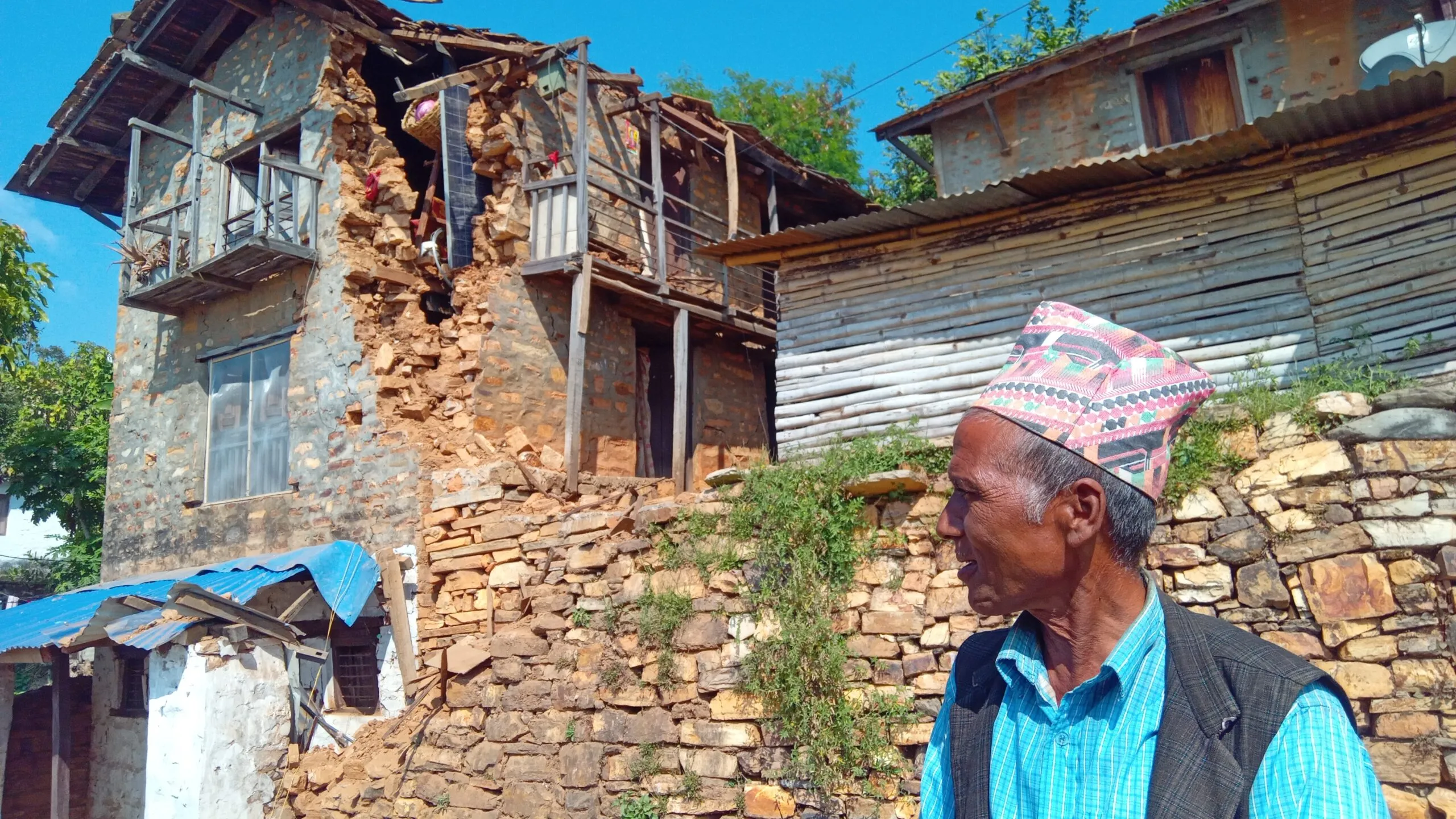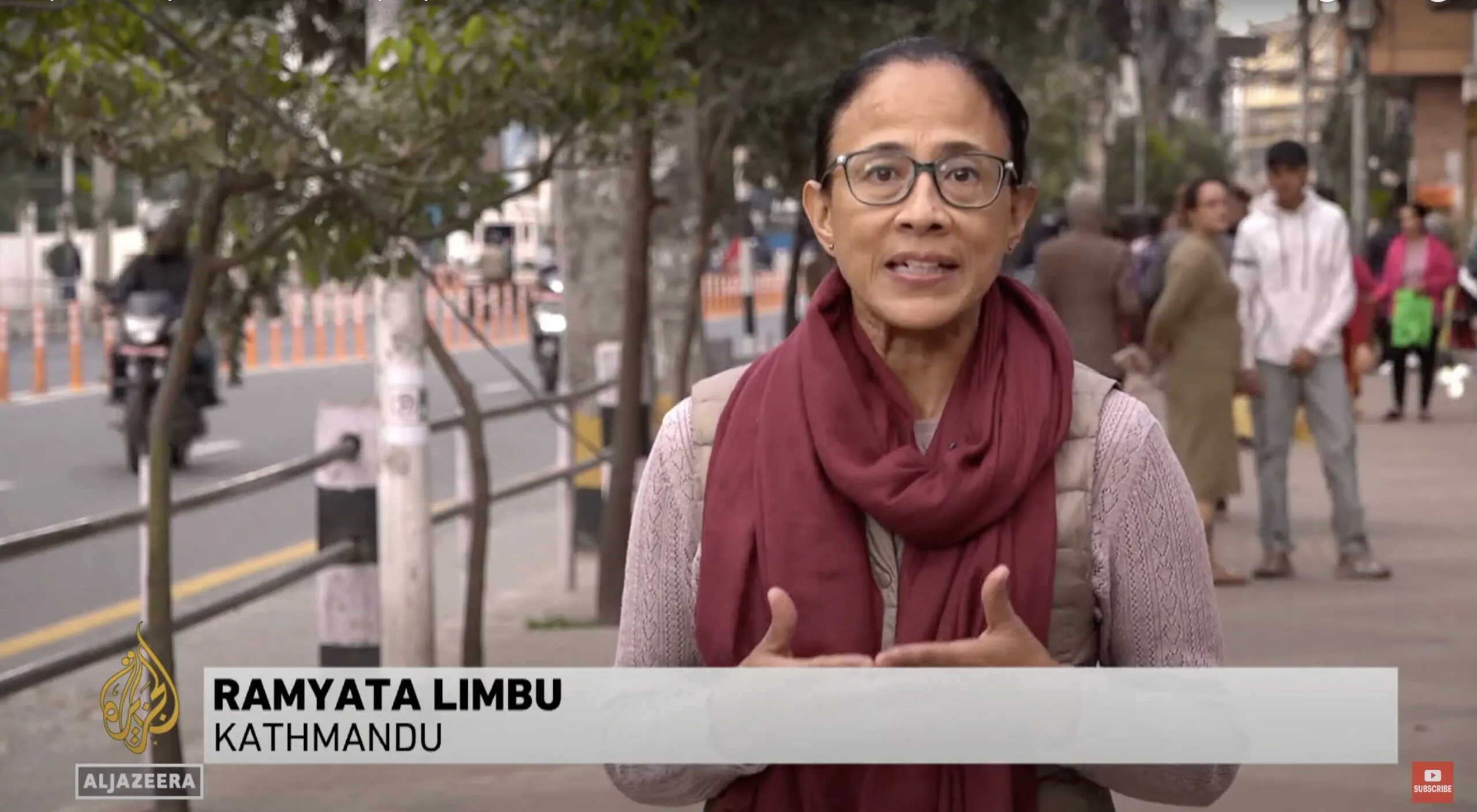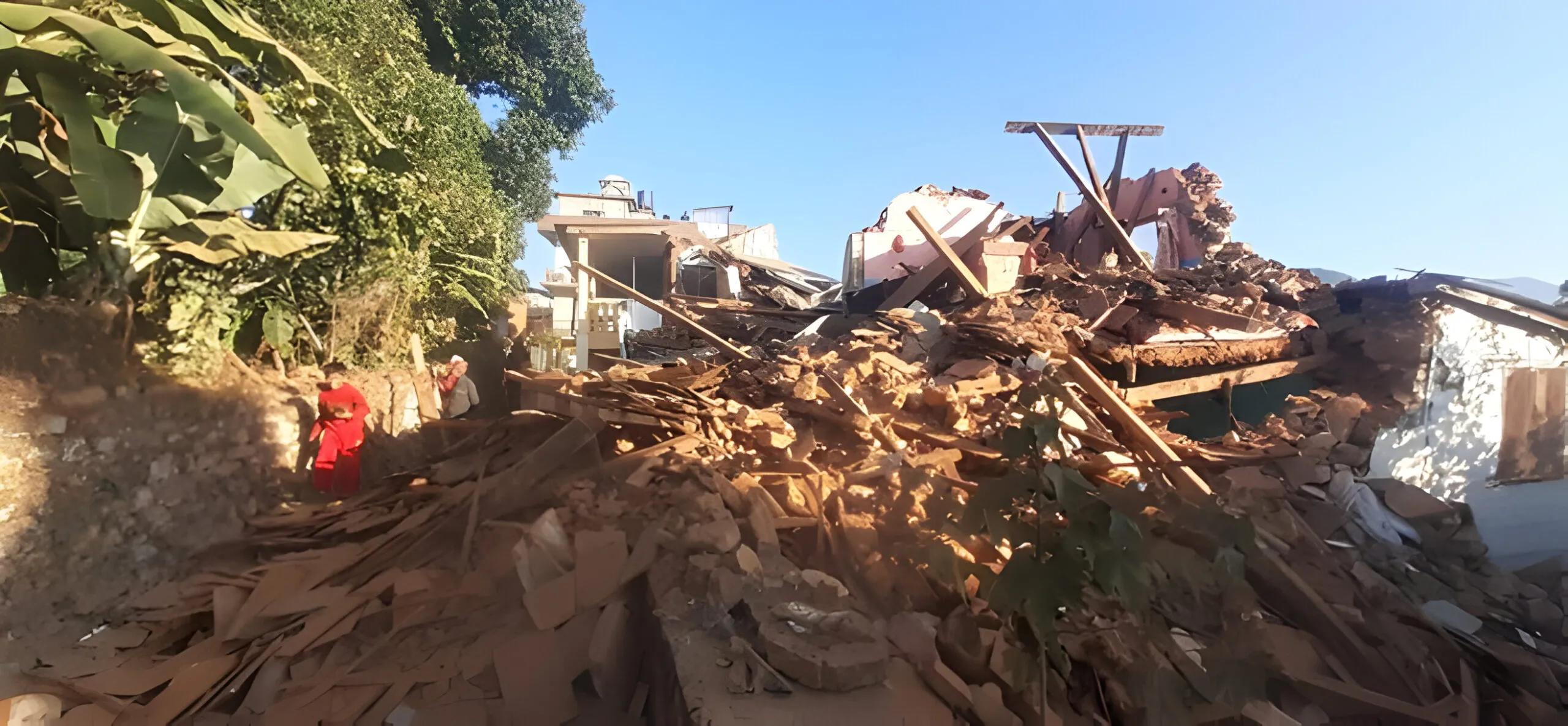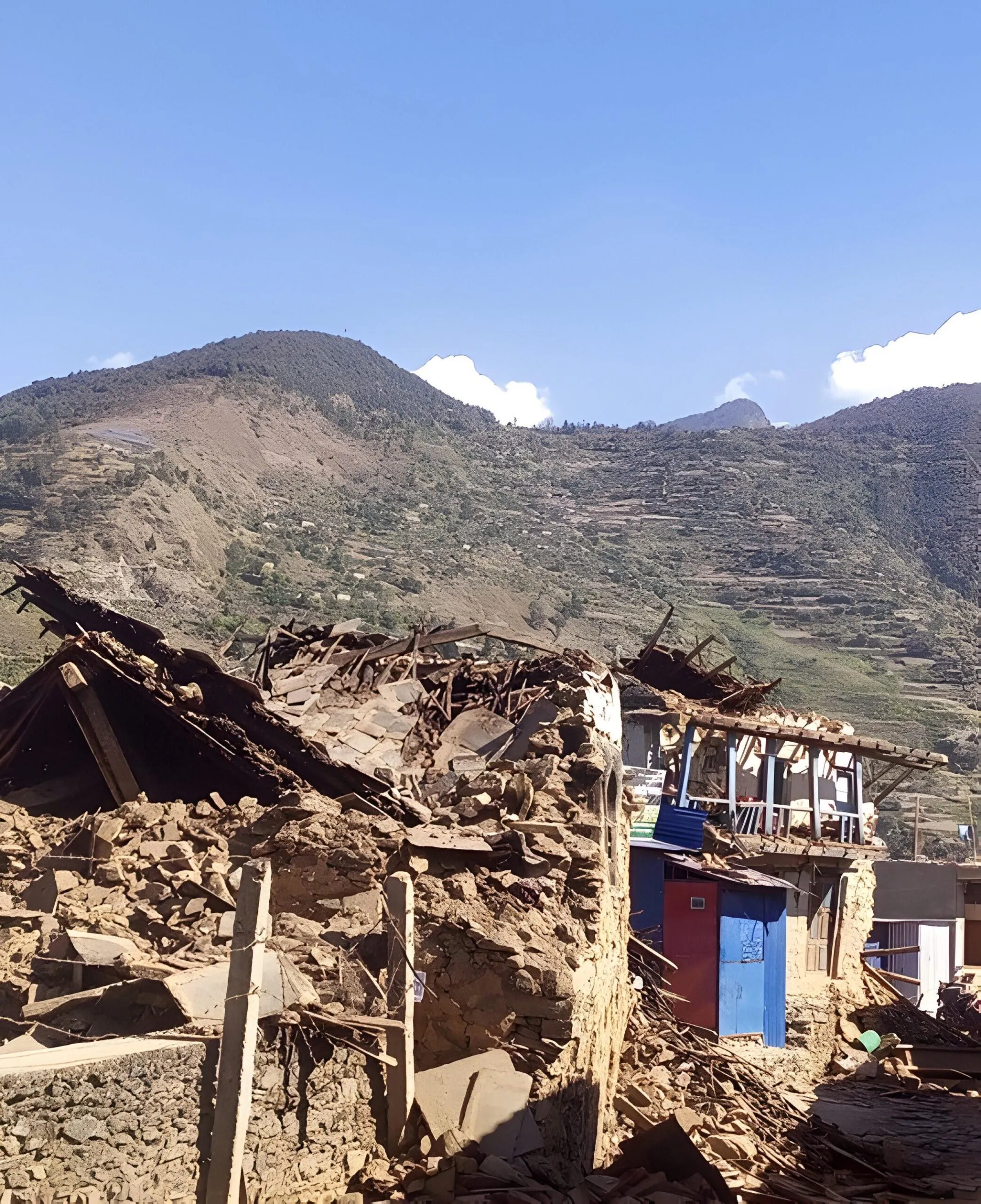The figures are likely to rise, given the widespread devastation in the rugged districts of Jajarkot and Rukum, 310 miles west of Kathmandu. Communication has been disrupted in remote locations and landslides have blocked highways in some places, hampering search and rescue operations.
Most of the houses in the affected regions are vulnerable to earthquakes since they are constructed with stone masonry in mud mortar: a mixture of sand, water, and clay. As a result, around 40 percent of the houses are reported to be damaged, forcing many to take refuge in neighbor’s houses, schools or other safe locations.
Transition shelters with winterization support and safe shelters for women and vulnerable are critical. Pregnant and lactating mothers, infants, children, girls, and people with disabilities are especially vulnerable. They are under constant stress and psychosocial trauma and are living outdoors with limited provision of toilets and night-time lighting.




